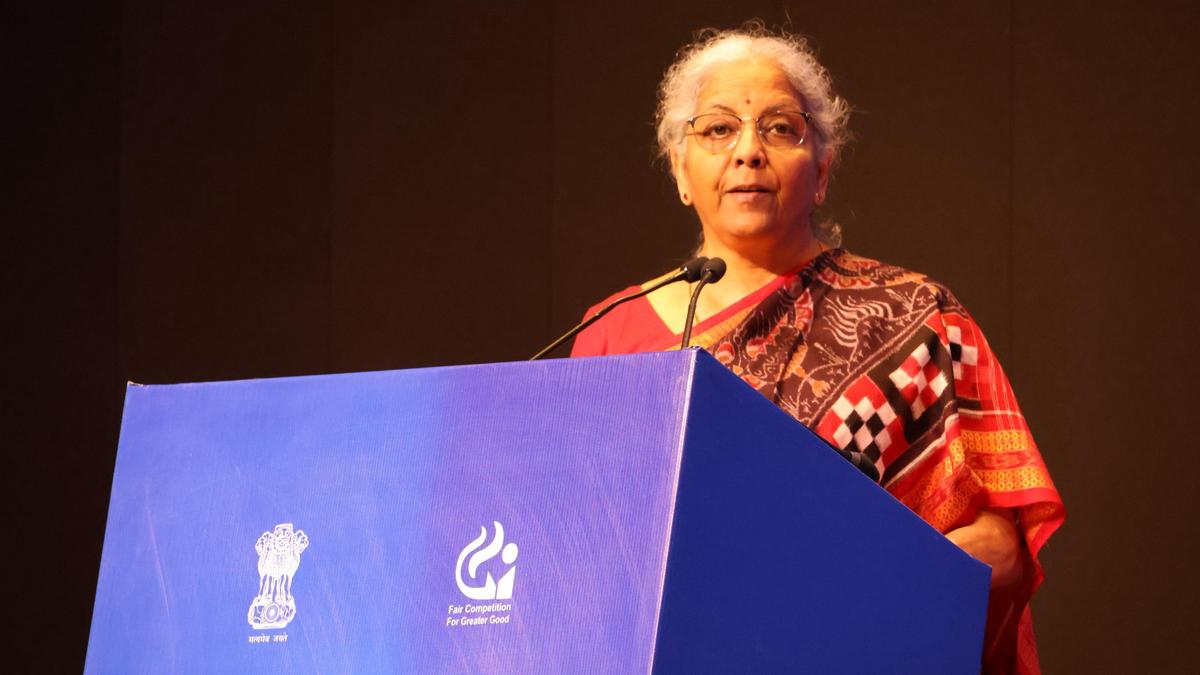But while these numbers do tell a story, they don’t tell the whole story. They don’t capture the profound metamorphosis being driven across all levels, nor the role that commercial real estate has been playing in the broader Indian growth story. For, at the heart of this transformation, there is a fundamental recalibration of the business landscape and how it interacts with the economic landscape beyond key urban centres.
Growing prominence of Tier 2, 3 cities
For decades, India’s commercial real estate story was largely confined to its metropolitan hubs such as Mumbai, Delhi-NCR, Bengaluru, and Hyderabad. These cities dominated the landscape, accounting for a significant chunk of all commercial developments. That narrative, however, is beginning to shift; cities such as Jaipur, Indore, Coimbatore, Nagpur, Kochi, Chandigarh, and Lucknow are emerging as the frontiers of the next phase of commercial real estate growth in recent years. It is little wonder, then, that nearly half (44%) of the 3,294 acres of new land acquired by real estate developers in 2024 were concentrated in Tier-2 and Tier-3 cities.
This geographic diversification isn’t merely a spillover effect. Lower land acquisition costs, ever-improving infrastructure, and a sizeable talent pool at competitive wages have created a compelling business case for expansion into these emerging markets, for developers and corporations alike. The expansion of high-speed internet connectivity, including the ambitious BharatNet project targeting rural broadband access and the 5G rollout in Tier-2 areas, has also diminished the digital divide between India’s metros and its smaller cities.
State governments across India have also introduced several targeted policies to attract commercial developments, offering tax incentives, simplified approval processes, and dedicated industrial corridors. As a result, IT-focused commercial developments and tech parks are now flourishing in Tier-2 and Tier-3 cities across the country. These developments are not mere replicas of their metropolitan counterparts but are designed with a focus on sustainability, wellness, and integration with local communities.
Of retail hubs and logistics powerhouses
The commercial real estate evolution extends well beyond office spaces. Modern retail infrastructure is reshaping consumer experiences across smaller urban centres. Unlike the cookie-cutter malls of yesteryears, the new retail developments in Tier-2 and Tier-3 cities are being tailored to reflect regional preferences and cultural nuances.
These spaces are increasingly becoming experiential hubs rather than mere transactional venues, with malls containing designated areas for local artisans and handicrafts, as well as cultural performances.
Perhaps the most transformative impact of commercial real estate on non-metro India is being witnessed in the logistics sector. The implementation of GST, coupled with the development of economic corridors and expressways, has sparked unprecedented demand for warehousing and logistics parks in Tier-2 and Tier-3 cities. According to a recent report by JLL India, these markets account for around 100 million square feet — or 18.7% — of India’s total warehousing capacity.
These developments are not just storage facilities but integrated supply chain solutions bringing previously disconnected regions into the national economic mainstream. Cities located along major strategic transportation routes — such as Nagpur, Hosur, and Ludhiana — are becoming logistics powerhouses. The multiplier effect of these developments is substantial, with each warehouse or logistics park generating direct employment for hundreds while indirectly supporting thousands through supply chain linkages.
However, the expansion of commercial real estate into Tier-2 and Tier-3 cities is yielding dividends beyond purely economic metrics. The influx of businesses is driving demand for quality education, healthcare, and lifestyle amenities in these regions. Developers are increasingly adopting integrated township models that combine workspace with residential and social infrastructure. This shift is addressing historical disparities in living standards between metro and non-metro India. Cities like Mysuru and Chandigarh, which have witnessed significant commercial real estate investments, are now witnessing parallel growth in international schools, multi-speciality hospitals, and cultural venues. The retention of local talent, which previously migrated to metros for career opportunities, is the most significant social outcome of this transformation.
Future roadmap
Despite the promising trajectory, significant challenges remain in fully realising the potential of commercial real estate as a driver of inclusive growth. Infrastructure gaps, particularly in public transportation and airport connectivity, continue to be pain points in many non-metros. Urban planning frameworks in these cities often struggle to keep pace with rapid commercial development, leading to concerns about sustainable growth.
The regulatory environment, while improving, still requires greater standardisation across states to facilitate easier business operations. Additionally, developing a deeper pool of skilled facility management professionals in smaller cities remains a priority for maintaining world-class commercial spaces. Looking ahead, the expansion of commercial real estate into non-metros represents more than just a sectoral trend. By creating economic ecosystems that allow businesses to thrive outside traditional urban centres, commercial real estate is enabling a more balanced spatial development model.
As this evolution continues, the sector will increasingly serve as a critical conduit through which capital, technology, and best practices flow from India’s established economic centres to its emerging ones. In doing so, commercial real estate isn’t just constructing buildings; it is constructing a more equitable, prosperous future where the fruits of India’s economic ascendancy are shared more broadly across its geography. The true success of India’s commercial real estate sector will not be defined solely by the volume of space developed or the capital invested but by its ability to expand beyond metro cities, positioning Tier-2 and Tier-3 cities as thriving real estate hubs.
The writer is chairman and MD, Awfis Space Solutions Limited.
Published – June 06, 2025 08:11 pm IST



